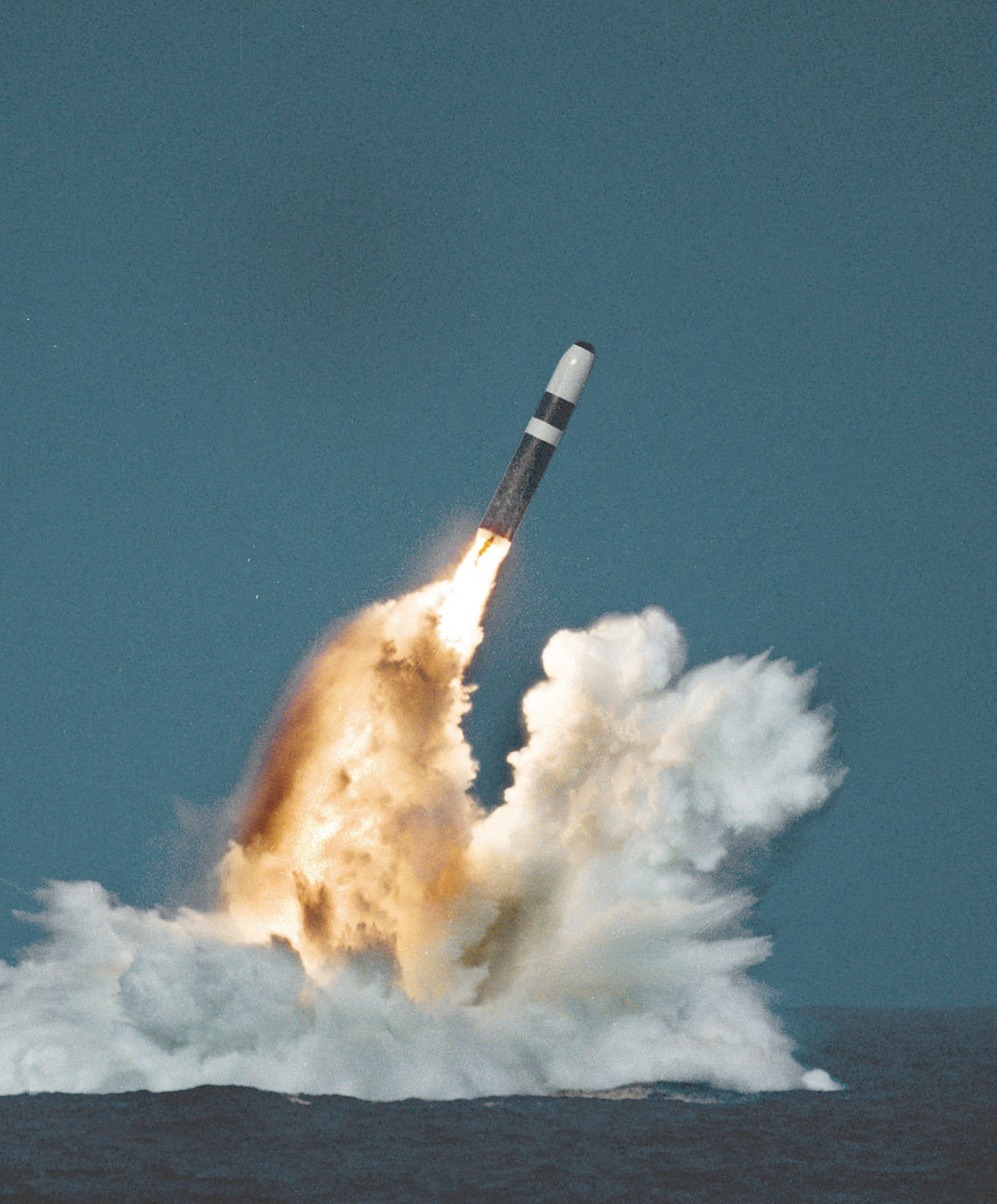Originally published Trident II D5 Missile: Keeping Up with Changing Times on by https://www.defenseindustrydaily.com/trident-ii-d5-missile-keeping-up-with-times-06037/ at DefenseIndustryDaily
https://www.defenseindustrydaily.com/wp-content/uploads/2024/02/1280px-Trident_II_missile_image.jpg
Originally published DefenseIndustryDaily

